Freight logistics is a major investment for any business—but getting the most value requires more than just booking shipments. From route planning to warehouse coordination, a few smart steps can help you maximize efficiency and reduce long-term costs. Here are the top tips for improving your freight operations and getting the best return on your logistics budget:
1
Optimize Route Planning
Select the best routes and carriers for your destination. Using route optimization tools can reduce transit times and cut fuel expenses significantly.
2
Ensure Proper Packaging
Secure and efficient packaging protects goods and maximizes space inside containers or trucks, lowering shipping costs and reducing the risk of damage.
3
Coordinate Loading and Unloading
Make sure loading docks are clear and crews are prepared. Delays during these stages can create bottlenecks and increase storage fees.
4
Track Shipments in Real Time
Use GPS and tracking systems to monitor your freight. Identifying unexpected delays early helps you maintain smooth supply chain operations.
5
Schedule Regular Carrier Audits
Use GPS and tracking systems to monitor your freight. Identifying unexpected delays early helps you maintain smooth supply chain operations.
6
Avoid Idle Storage Costs
Keep close control of delivery schedules to avoid unnecessary demurrage or detention charges at ports or warehouses.
7
Consider Using Intermodal Solutions
Combining sea, rail, and trucking options can provide more flexibility, reduce costs, and help meet tighter delivery timelines.


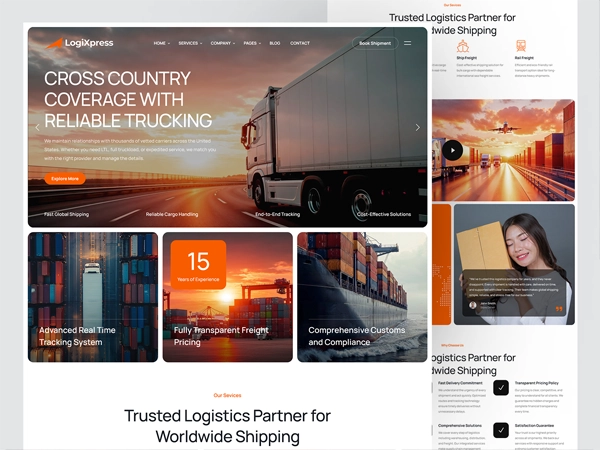
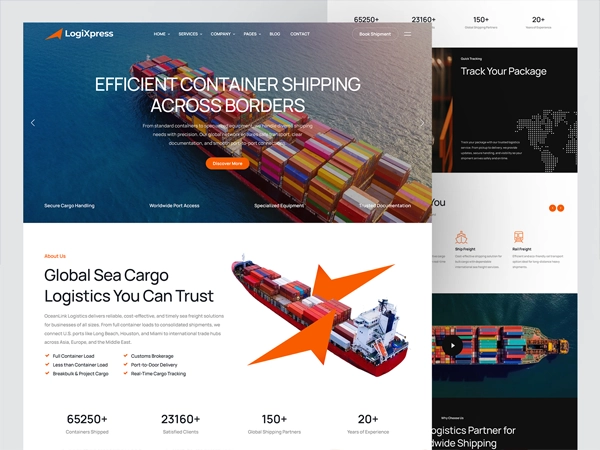

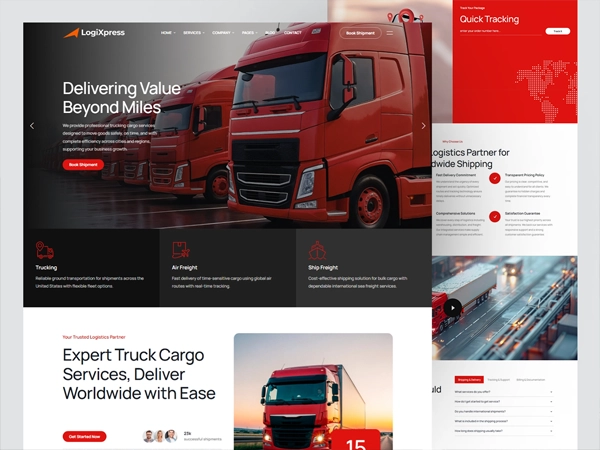
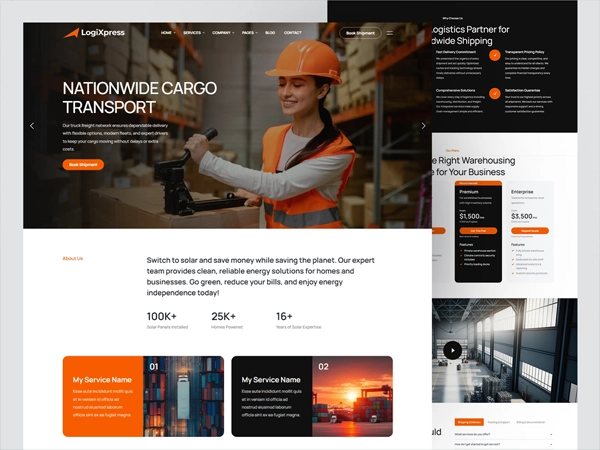
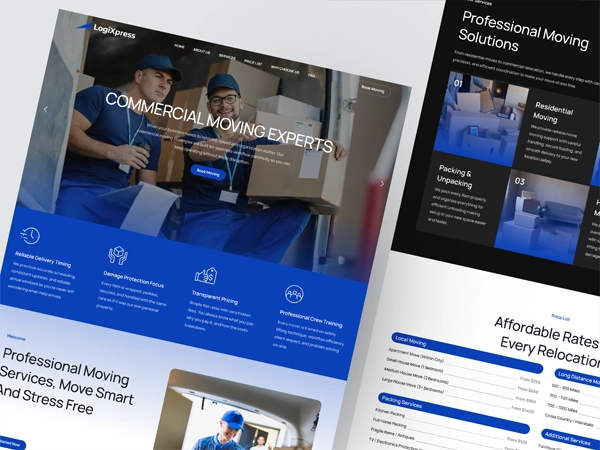
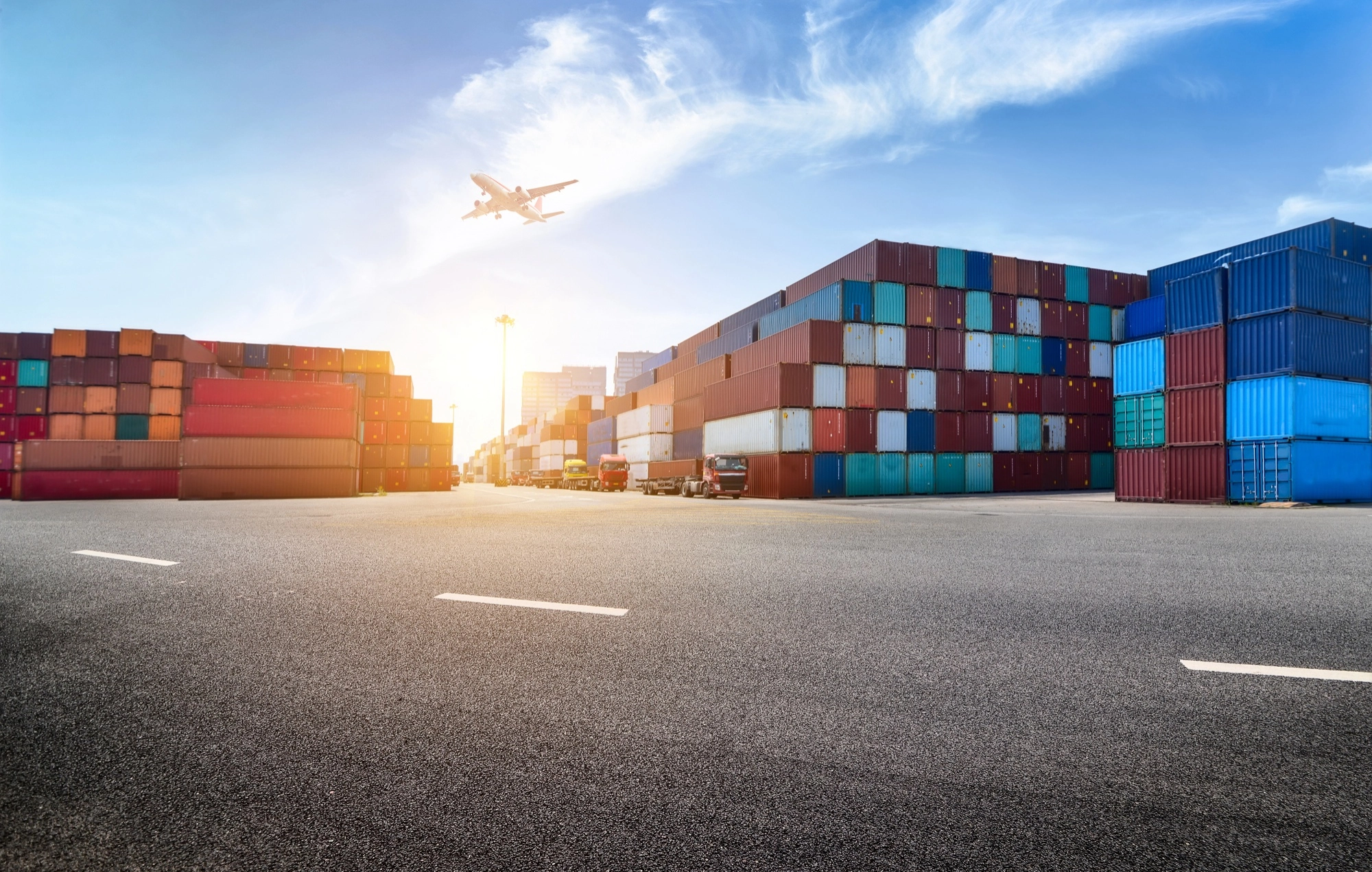


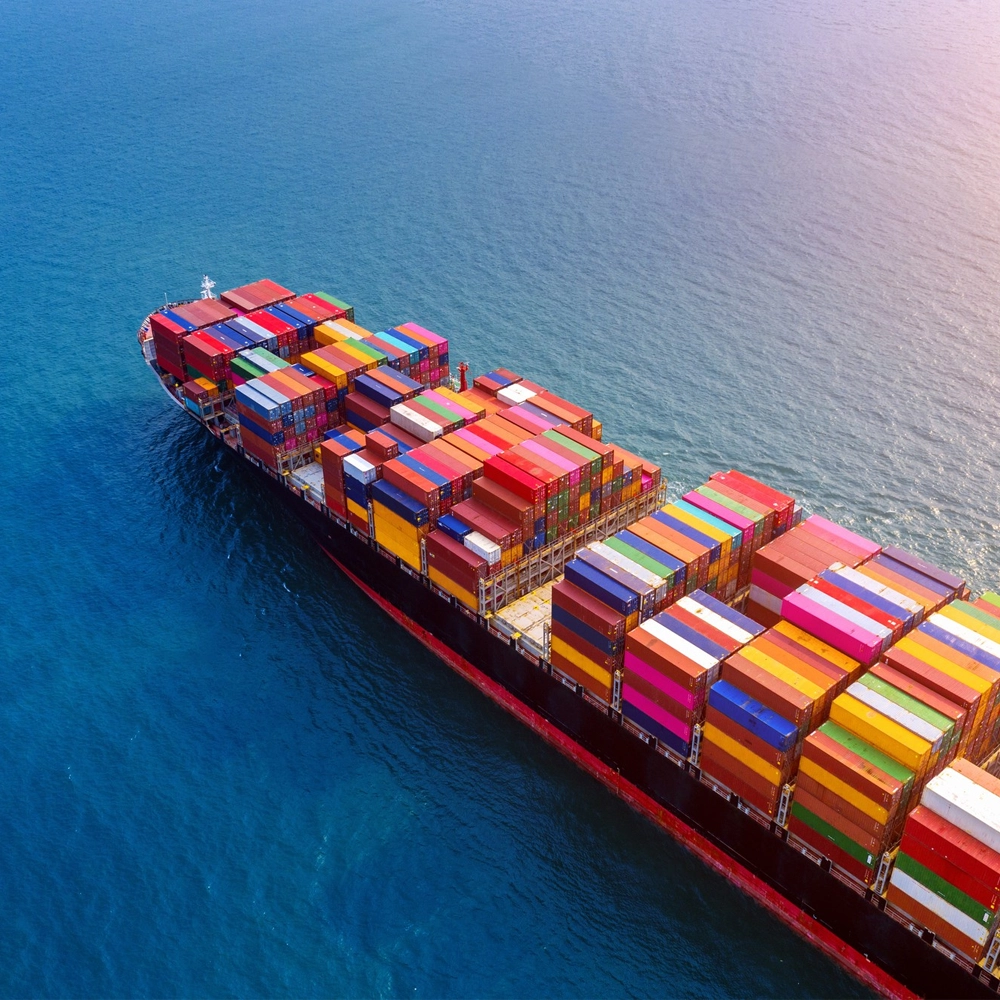
3 comments on “The Basics of Cargo Logistics”
Great overview! I appreciate how this breakdown simplifies the often-overlooked steps of cargo logistics — from planning and documentation to last-mile delivery. Understanding these fundamentals is crucial for reducing delays, cutting costs, and improving supply chain efficiency.
Thanks
Excellent introduction to cargo logistics. It’s amazing how much coordination is required across transportation modes, warehousing, and customs management. A follow-up on digital tools or automation trends in logistics would make this even more insightful!